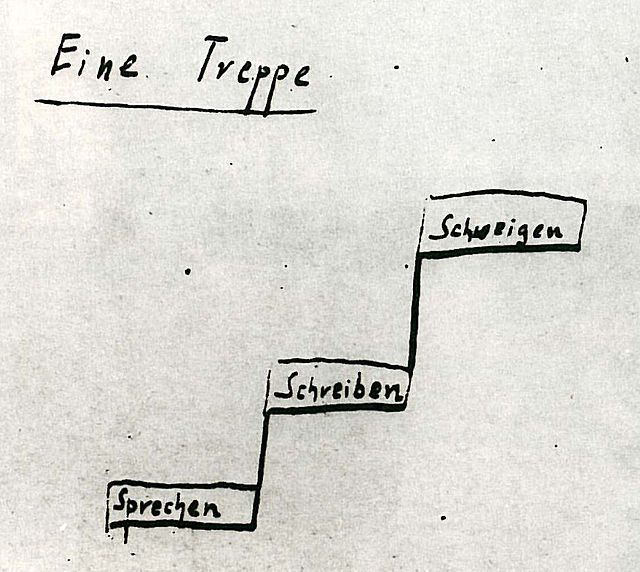A waste book was one of the books traditionally used in bookkeeping. It consisted of a daily diary of all transactions in chronological order. It differs from a daybook in that only a single waste book is kept, rather than a separate daybook for each of several categories. The waste book was intended for temporary use only; the information needed to be transcribed into a journal in order to begin to balance one's accounts. The name of the book derives from the fact that, once its information was transferred to the journal, the waste book was unneeded.
Sketch from Kurt Tucholsky's Waste book
Bookkeeping is the recording of financial transactions, and is part of the process of accounting in business and other organizations. It involves preparing source documents for all transactions, operations, and other events of a business. Transactions include purchases, sales, receipts and payments by an individual person or an organization/corporation. There are several standard methods of bookkeeping, including the single-entry and double-entry bookkeeping systems. While these may be viewed as "real" bookkeeping, any process for recording financial transactions is a bookkeeping process.
Portrait of the Italian Luca Pacioli, painted by Jacopo de' Barbari, 1495, (Museo di Capodimonte). Pacioli is regarded as the Father of Accounting.


